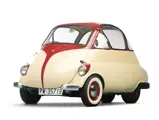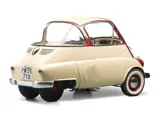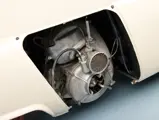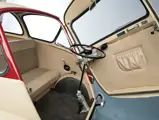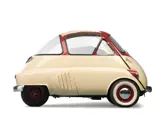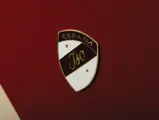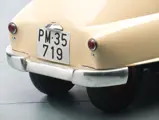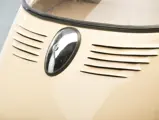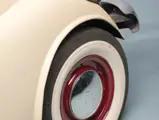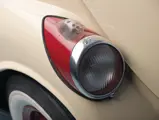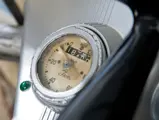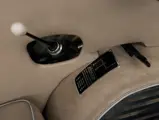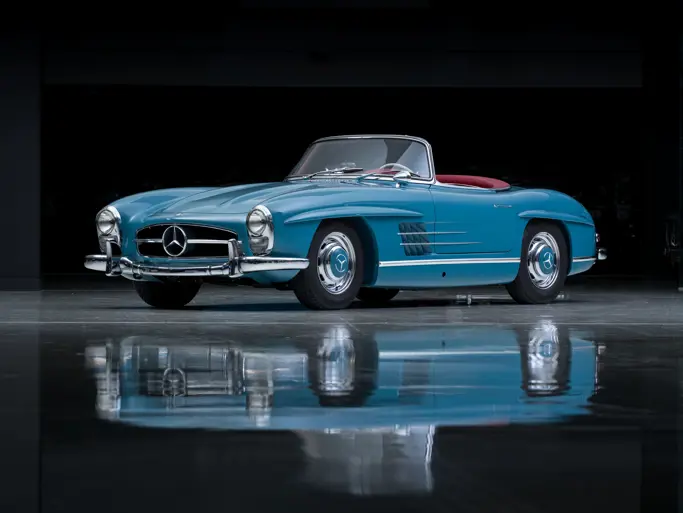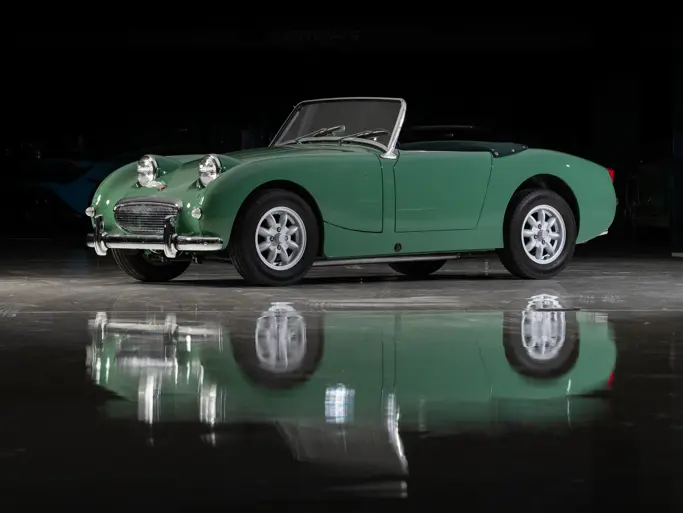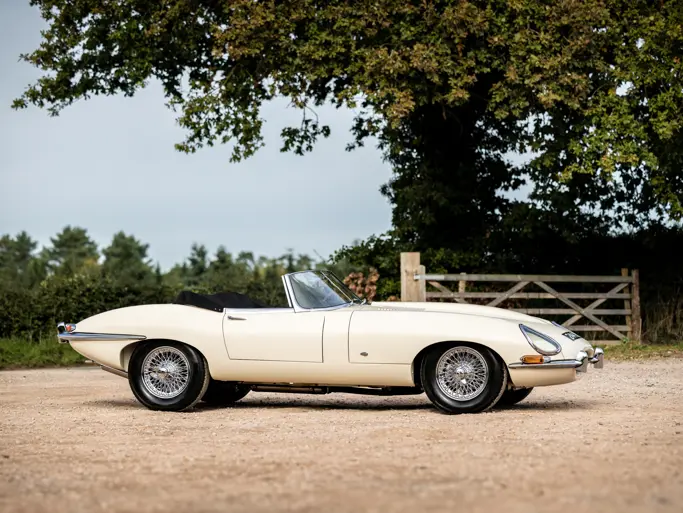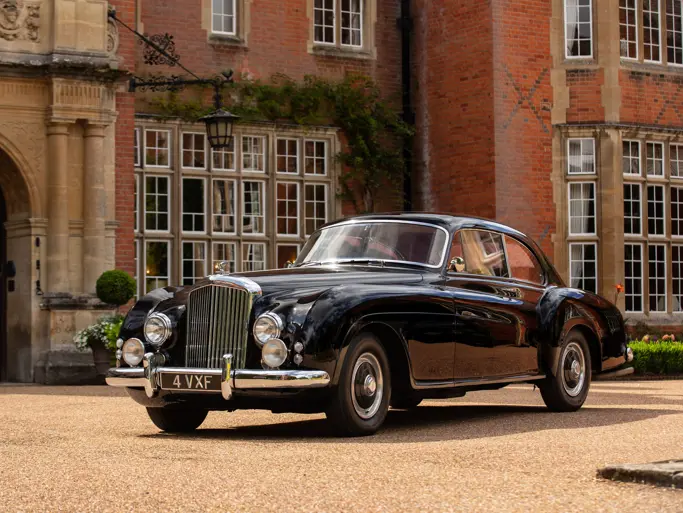The Bruce Weiner Microcar Museum
1955 Iso Isetta
{{lr.item.text}}
$37,950 USD | Sold
 | Madison, Georgia
| Madison, Georgia
{{internetCurrentBid}}
{{internetTimeLeft}}

Full restoration of a rare Spanish-market Isetta.
SPECIFICATIONS
Manufacturer: Iso España S.A.
Origin: Madrid, Spain.
Production: 6,000
Motor: Iso 1-cyl., 2-stroke
Displacement: 236 cc
Power: 9.5 hp
Length: 7 ft. 6 in.
Identification No. IMI001851
In 1954, as he negotiated the sale of the Isetta design to BMW in Germany, Renzo Rivolta issued a number of licenses to constructors in other countries, notably France and Brazil. Foreign assembly was already proceeding in Belgium and by Iso España S.A. in Madrid.
Spain, with a minimal motor industry of its own, was especially receptive to other nations’ automotive products after World War II. The flagship Hispano-Suiza enterprise had been sold to Empresa Nacional de Autocamiones S.A., whose Sava and Pegaso brands produced mostly trucks, buses, and military vehicles, albeit with a few sports cars. Since 1990, Enasa has been owned by Iveco. Gabriel Voisin’s last car, the tiny Biscooter, was taken up by Autonacional S.A. as the Biscuter, and it enjoyed a 10-year run. In 1950, Sociedad Española de Automóviles de Turismo took up the manufacture of Fiat under the SEAT badge, a brand that endures today as a subsidiary of Volkswagen. Alongside these there was a welcome market for small, inexpensive cars, so the Isetta was a good fit.
Built from Italian parts, the Spanish Isettas were all but identical to the home market version. This Spanish Isetta has been the subject of a complete restoration. Attractive in beige and red, it has a roll-back beige fabric sunroof. Although the quality of the restoration is good, some trim items and the instrumentation are candidates for detailing.
Spanish assembly of Isettas continued after Italian manufacture had all been transferred to Germany, in parallel with France and Brazil through 1958. Rivolta’s passion in the mid-1950s had been re-directed to sports cars, and shedding the Isetta business allowed him to concentrate on what became the Iso Rivolta, a Corvette-engined car designed by Giotto Bizzarini. Its gestation was long, however, and the Rivolta did not appear until 1962, by which time the production of Isettas in all countries had ceased.

